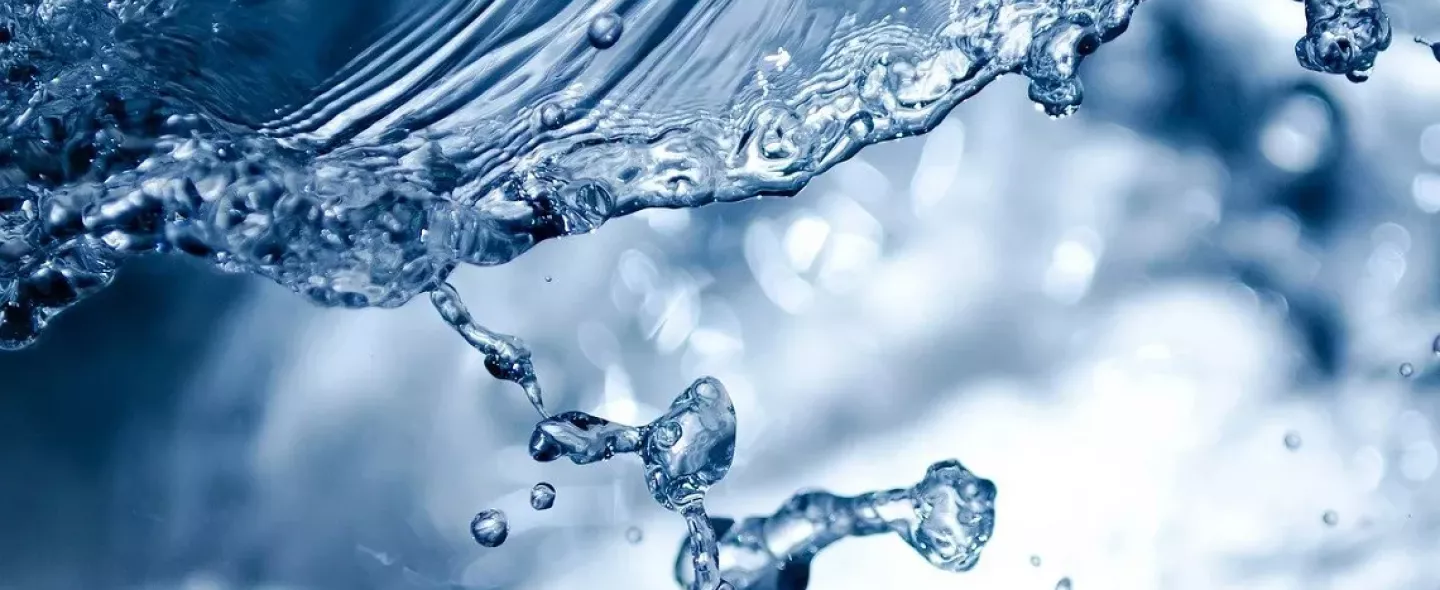The Biocidal Product Regulations (EU) 528/2012 (BPR) covers a range of products, including disinfectants, pest control products and preservatives. The regulation states that you must gain authorisation for a biocidal product, or approval for an active substance, under EU Biocidal Products Regulations. As an active substance, Ozone falls under the BPR as a disinfectant for human hygiene, food and feed areas, as well as drinking water. Here is an overview of what you need to be aware of with regards the status update.
What is Ozone?
Ozone (O3) is an allotropic form of oxygen, with each molecule containing three atoms of oxygen instead of the standard two. It is a pale blue gas, formed naturally in the atmosphere.
What is Ozone Generation for Bacterial Control?
Ozone is a powerful oxidising agent which, when dissolved in water, produces a broad spectrum biocide that destroys all bacteria, viruses and cysts. Ozone is the most powerful oxidising agent permitted for use at this time (only fluorine is stronger - its use is banned in most countries). As an oxidising agent, it is 51% stronger than chlorine and has a kill rate of 3.125 times faster. Its biocidal effectiveness is due to its ability to oxidise organic material in bacterial membranes, which weakens the cell wall and leads to cell rupture causing immediate death of the cell.
For this reason, ozone is capable of destroying all bacteria, algae and biofilms with no risk of resistance, build up or immunity, as well as remaining effective over a wide pH range.
What is the EU Biocides Regulation 528/2012?
First published on 27 June 2012, the Regulation EU 528/2012 first concerned the making available on the market and the use of biocidal products. It follows a two-step procedure in approving active substances at EU level and authorising biocidal products in Member States. Only active substances included onto the EU BPR approved list of active substances can be placed on the EU market.
Within BPR (528/2012), there are 22 product types, broken down into four main groups: disinfectants, preservatives, pest control and other biocidal products.
What’s changed in the Status Update?
Ozone has been considered an active substance since September 2013 but EU legislation will change from September 2017. Any organisation that wishes to market an ozone generator within the EU must have their product authorised in accordance with the BPR.
To do this, the following timeline outlines the stages of these changes:
Stage 1:
a. All organisations had to submit an Active Substance dossier for approval of ozone as a biocidal product by September 2016. This dossier should be approved by BPR by September 2018.
b. Any company supplying ozone products to market must have access to a dossier by September 2018, using one of two organisations: EUOTA (European Ozone Trade Association) or Eur03zon. Alternatively, the organisation must purchase a Letter of Access to one of the dossiers.
c. This limits companies who can ‘Bring to Market’, which means selling, lending, giving away for free, or otherwise providing the systems.
d. If companies have not signed up by September 2018, products can still be used but the company cannot bring any new products to the market.
Stage 2:
a. Products supplied before September 2018 must be party to a Product Dossier submission. Any companies that are not part to a Product Dossier submission must be withdraw from use, as of September 2020.
b. If a company has previously completed the Active Substance Dossier, but has not submitted a Product Dossier by September 2020, the product must still be withdrawn after this cut-off date. This also means any companies using such equipment become liable for prosecution for using it even if their supplier did not make them aware.
c. After September 2020:
- New product developments or applications not previously on the market cannot be brought to market.
- The only exception for this is if the new product development is covered by an existing Product Dossier, submitted prior to September 2020.
- New Product Dossier submissions must then wait until the existing Product Dossier Approval process is completed, potentially up to 3 years from 2020 submission.
d. This September 2020 deadline date will stop the use of any existing products from organisations who did not sign their dossier by September 2018. This means withdrawing all products without a dossier from the market.
What does this mean for you?
SOCOTEC's aim is to keep you up-to-date with the latest legislation and regulations. We can assure our clients that every biocidal product in the SOCOTEC range is compliant within the auspices of the BPR, including Ozone.
Using SOCOTEC as a supplier of Ozone plants will ensure you’re receiving the highest standard of service. As SOCOTEC, formerly ESG, is a founding member of the European Ozone Trade Association (EUOTA) and has submitted its dossier, SOCOTEC, and therefore you as the client, will continue to remain compliant.


